UGC NET Environmental Science syllabus 2024 comprises Environmental Assessment, Management and Legislation, Statistical Approaches and Modelling in Environmental Sciences, Contemporary Environmental Issues and more.
Table of Contents
UGC NET Environmental Science syllabus 2024 include Environmental Biology, Environmental Geosciences, Energy and Environment, Environmental Pollution and Control and more such topics.
Environmental science is an underrated subject to get into. It’s through the knowledge of the environment that we can put across bills and policies that can help protect the world from disasters such as Global Warming and Climate Change.
Also Check: UGC NET Syllabus 2024
UGC NET Environmental Science Syllabus 2024 Subject-Wise
Even though the subject matter involved is not as complicated as most other subjects, the UGC NET Environmental Science syllabus itself is densely packed with information. You will be required to break it down accordingly and approach a holistic way of learning what's been listed.
- Fundamentals of Environmental Sciences
- Environmental Chemistry
- Environmental Biology
- Environmental Geosciences
- Energy and Environment
- Environmental Pollution and Control
- Solid and Hazardous Waste Management
- Environmental Assessment, Management and Legislation
- Statistical Approaches and Modelling in Environmental Sciences
- Contemporary Environmental Issues
Fundamentals of Environmental Sciences
Most of the topics involved include the definitions, the principles, and the importance of environmental sciences, the Interaction between earth and man, natural resources, and other topics that emphasise our basic knowledge of the environment.
| Chapters | Topics |
| The Fundamentals of Environmental Sciences | Definitions, Principles, and Scope |
| Spheres of the Earth | Structures and Compositions of the 4 Spheres: Atmosphere, Hydrosphere, Lithosphere and Biosphere |
| Laws of Thermodynamics | Mass And Energy Transfer, Heat Transfer, Material Balance, |
| Meteorological Parameters | Pressure and Temperature, Precipitation and Humidity, Mixing Ratios, Radiation and Wind Velocity, Lapse Rates, Wind Roses |
| Interaction between Earth, Man, and Environment | Biogeographic Provinces, Agroclimatic Zones Of India, Sustainable Development |
| Natural Resources and their Assessment | Principles & Applications of Remote Sensing & GIS, Digital Image Processing, Ground Truthing, Cover/Land Use, Planning and Management, Urban Sprawling, Vegetation Study, Forestry, Natural Resources, Climate Change |
| Ethics and Awareness | Environmental Education and Awareness, Environmental Ethics |
Environmental Chemistry
This unit deals with the chemical sciences of environmental studies, wherein students learn about the classification of elements, composition of air, the characteristics of hydrocarbons, biogeochemical cycles, pesticides, and their effects, and many more.
| Chapters | Topics |
| The Fundamentals of Environmental Chemistry | Classification Of Elements, Stoichiometry, Gibbs’ Energy, Chemical Potential, Chemical Kinetics, Chemical Equilibria, Solubility Of Gases In Water, The Carbonate System, Unsaturated And Saturated Hydrocarbons, Radioisotopes |
| Composition of Air | Particles, Ions And Radicals In The Atmosphere, Chemical Speciation, Chemical Processes In The Formation Of Inorganic And Organic Particulate Matters, Thermochemical And Photochemical Reactions In The Atmosphere, Oxygen And Ozone Chemistry, Photochemical Smog |
| Hydrological Cycle | Water As A Universal Solvent, Concept Of Do, Bod And Cod, Sedimentation, Coagulation, Flocculation, Filtration, Ph And Redox Potential |
| Inorganic and Organic Components of Soil | Biogeochemical Cycles — Nitrogen, Carbon, Phosphorus, and Sulphur |
| Toxic Chemicals | Pesticides and their Classification and Effects, Biochemical Aspects of Heavy metals (Hg, Cd, Pb, Cr) and Metalloids (As, Se), CO, O3, PAN, VOC and POP, Carcinogens in the Air |
| Principles of analytical methods | Titrimetry, Gravimetry, Bomb Calorimetry, Chromatography (Paper Chromatography, TLC, GC, and HPLC), Flame photometry, Spectrophotometry (UV-VIS, AAS, ICP-AES, ICP-MS), Electrophoresis, XRF, XRD, NMR, FTIR, GC-MS, SEM, TEM |
Recommended: Best Career Options After Qualifying UGC NET 2024
Environmental Biology
The students get to learn about the origin of life, ecosystems, biotic and abiotic structures, population and the concepts around its capacity, toxicology and microbiology, and many other in-depth topics under their respective chapters.
| Chapters | Topics |
| Ecology as an Interdisciplinary Science | Origin of Life and Speciation, Human Ecology and Settlement |
| Ecosystem Structure and Functions | Biotic And Abiotic Components, Energy Flow In Ecosystems, Energy Flow Models, Food Chains And Webs, Biogeochemical Cycles, Ecological Succession, Species Diversity, Edge Effects, Ecological Habitats And Niche, Ecosystem Stability and Services, Factors Affecting Ecosystem |
| Basis of Ecosystem Classification | Types Of Ecosystem: Deserts, Forests, Rangelands, Wetlands, Lotics, Lentics, Estuarine (Mangroves), Oceanics |
| Biomes | Concepts, Classifications, Distributions, Characteristics, Types (Tundra, Taiga, Grassland, Deciduous, Highland Icy Alpine, Chaparral, Savanna, Tropical Rainforests) |
| Population Ecology | Characteristics of Population, Carrying Capacity, Growth And Regulations, Fluctuations, Dispersion And Metapopulation, ‘R’ And ‘K’ Species, Keystone Species |
| Community Ecology | Definition, Community Concept, Types and Interaction (Predation, Herbivory, Parasitism, And Allelopathy), Biological Invasions |
| Biodiversity and its Conservation | Definition, Types, Biodiversity: Importance and Threats, ‘Hotspots’, Hotspots In India, Measures of Biodiversity, Strategies for Biodiversity Conservation, Gene Pool, Biopiracy and Bioprospecting, Restoration Ecology, Flora And Fauna of India |
| Concept of Industrial Ecology | — |
| Toxicology and Microbiology | Absorption, Distribution And Excretion Of Toxic Agents, Acute And Chronic Toxicity, Concept Of Bioassay, Threshold Limit Value, Margin Of Safety, Therapeutic Index, Biotransformation, Major Water-borne Diseases, and Air-borne Microbes |
Environmental Geosciences
The students explore topics that range from simple topics such as the origins of the earth, its distribution with water, the natural resources, and more.
| Chapters | Topics |
| Origin of Earth | Primary Geochemical Differentiation, Formation of Earth and its Components, Minerals And Rocks, Formation Of Igneous and Metamorphic Rocks, Controls on Formation of Landforms, Steady State and Equilibrium, Energy Budget, Thermal Environment and Seasons, Coriolis Force, Pressure Gradient Force, Frictional Force, Geostrophic Wind Field, Gradient Wind, Climates of India, Western Disturbances, Indian Monsoon, Droughts, El Nino, La Nina, Residence Time, Natural Cycles, Geophysical Fields |
| Weathering | Weathering Reactions, Erosion, Transportation, and Deposition of Sediments, Soil Formation, Clay Minerals, Soil Physical, and Chemical Properties, Soil Types and Climate Control On Soil Formation, Cation Exchange Capacity, Mineralogical Controls |
| Geochemical Classification of Elements | The abundance of Elements In Earth, Crust, Hydrosphere and Biosphere, Partitioning of Elements, Geochemical Recycling Of Elements, Paleoclimate |
| Distribution of Water on Earth | Hydrology, Hydrogeology, Major Basins and Groundwater Provinces Of India, Darcy’s Law, Groundwater Fluctuations, Hydraulic Conductivity, Groundwater Tracers, Land Subsidence, Effects Of Excessive Use Of Groundwater, Groundwater Quality, Pollution Of Groundwater Resources, Ghyben-Herzberg Relation |
| Natural Resource Explanation | Exploitation and Related Environmental Concerns, Historical Perspective And Conservation Of Non-renewable Resources |
| Natural Hazards | Catastrophic Geological Hazards, Prediction Of Hazards And Mitigation Of Their Impacts |
Don't Miss: How to Crack UGC NET 2024 in First Attempt?
Energy and Environment
Since the concept of environment and energies go hand in hand, it's only necessary to have a fundamental understanding of how the latter works.
| Chapters | Topics |
| Sun as a Source of Energy | Solar Radiation and its Spectral Characteristics, Fossil Fuels, Shale Oil, Coal Bed Methane, Gas Hydrates, Gross-calorific Value, and Net-Calorific Value |
| Principles of Generation of Hydro-Power | Tidal Energy, Ocean Thermal Energy Conversion, Wind Power, Geothermal Energy, Solar Energy (Solar Collectors, Photo-Voltaic Modules, Solar Ponds) |
| Nuclear Energy | Fission and Fusion, Nuclear Fuels, Principles and Types of Nuclear Reactors |
| Bioenergy | Methods to Produce Energy from Biomass |
| Environmental Implications of Energy Use | Energy Use Pattern, Emissions of CO2 in Developed And Developing Countries, Radioactive Forcing and Global Warming, Large-Scale Exploitation Of Energy Sources |
Environmental Pollution and Control
Most of this unit covers everything there is to know about environmental pollution, and what we can do as human beings to avert the crises causes by them. This includes air, water, soil, noise, thermal and radioactive pollution.
| Chapters | Topics |
| Air Pollution | Sources And Types Of Pollutants, Period, Frequency and Duration Of Sampling, Measurements of Ambient Air Pollutants Concentration And Stack Emissions, Indian National Ambient Air Quality Standards, Air Pollutants On Human Health, Plants and Materials, Acid Rain, Dispersion of Air Pollutants, Mixing Height/Depth, Lapse Rates, Gaussian Plume Model, Line Source Model, And Area Source Model |
| Noise Pollution | Sources, Weighting Networks, Measurement Of Noise Indices, Noise Dose And Noise Pollution Standards, Noise Control And Abatement Measures: Active And Passive Methods, Vibrations And Their Measurements, Impact Of Noise And Vibrations On Human Health |
| Water Pollution | Types, Sources, Impact on Life, Water Quality Parameters, Indian Standards For Drinking Water (ISO:10500, 2012), Drinking Water Treatment: Coagulation And Flocculation, Sedimentation And Filtration, Disinfection And Softening, Wastewater Treatment: Primary, Secondary And Advanced Treatment Methods, Common Effluent Treatment Plant |
| Soil Pollution | Properties Of Soil, Analysis Of Soil Quality, Soil Pollution Control, Industrial Effluents And Their Interactions With Soil Components, Soil Microorganisms, Degradation Of Pesticides And Synthetic Fertilizers |
| Thermal, Marine, and Radioactive Pollution | Sources and Impact, Heat Islands, Abatement and Prevention, Coastal Management, Ionizing Radiations, Radiation Exposure, And Radiation Standards, Radiation Protection |
Must Read: Benefits of Clearing UGC NET 2024
Solid and Hazardous Waste Management
This unit largely covers the waste management aspects of environmental conservation. Solid waste, solid waste collection and transportation, solid waste processing and recovery, hazardous wastes, E-Waste, fly ash, and plastic waste are the chapters are given emphasis.
| Chapters | Topics |
| Solid Waste | Types and Sources, Solid Waste Management, Generation Rates, Solid Waste Components, Proximate And Ultimate Analysis Of Solid Wastes |
| Solid Waste Collection and Transportation | Container Systems - Hauled And Stationary, Layout Of Collection Routes, Transfer Stations And Transportation |
| Solid Waste Processing and Recovery | Recycling, Recovery Of Materials For Recycling And Direct Manufacturer Of Solid Waste Products, Electrical Energy Generation From Solid Waste (Fuel Pellets, Refuse Derived Fuels), Composting And Vermicomposting, Biomethanation Of Solid Waste, Disposal Of Solid Wastes – Sanitary Land Filling And Its Management, Incineration Of Solid Waste |
| Hazardous Wastes | Types, Characteristics And Health Impacts, Hazardous Waste Management: Treatment Methods – Neutralization, Oxidation-Reduction, Precipitation, Solidification, Stabilization, Incineration, And Final Disposal |
| E-Waste | Classification, Methods Of Handling, And Disposal |
| Fly Ash | Sources, Composition, And Utilisation |
| Plastic Waste | Sources, Consequences, And Management |
Environmental Assessment, Management, and Legislation
This unit covers everything that the student would need to know about the management of environmental health, and what human beings could do to further protect the environment, what the cost-benefit analysis is like, etc.
|
Chapters |
Topics |
| Aims and Objectives of Environmental Impact Assessment | Environmental Impact Statement And Environmental Management Plan, Eia Guidelines, Impact Assessment Methodologies, Procedure For Reviewing Eia Of Developmental Projects, Life-cycle Analysis, Cost-Benefit Analysis, Guidelines For Environmental Audit, Environmental Planning As A Part Of EIA And Environmental Audit, Environmental Management System Standards (ISO14000 Series), Eia Notification, 2006 And Amendments From Time To Time, Eco-labeling Schemes |
| Risk Assessment | Hazard Identification, Hazard Accounting, Scenarios Of Exposure, Risk Characterization And Risk Management |
| Overview of Environmental Laws in India | Constitutional Provisions In India (Article 48a And 51a), Wildlife Protection Act, 1972 Amendments 1991, Forest Conservation Act, 1980, Indian Forest Act, Revised 1982, Biological Diversity Act, 2002, Water (Prevention And Control Of Pollution) Act, 1974 Amended 1988 And Rules 1975, Air (Prevention And Control Of Pollution) Act, 1981 Amended 1987 And Rules 1982, Environmental (Protection) Act, 1986 And Rules 1986, Motor Vehicle Act, 1988, The Hazardous And Other Waste (Management And Transboundary Movement) Rules, 2016, The Plastic Waste Management Rules, 2016, The Bio-medical Waste Management Rules, 2016, The Solid Waste Management Rules, 2016, The E-waste (Management) Rules 2016, The Construction And Demolition Waste Management Rules, 2016, The Manufacture, Storage And Import Of Hazardous Chemical (Amendment) Rules, 2000, The Batteries (Management And Handling) Rules, 2010 With Amendments, The Public Liability Insurance Act, 1991 And Rules 1991, Noise Pollution (Regulation And Control) Rules, 2000, Coastal Regulation Zones (CRZ) 1991 Amended From Time To Time |
| Policies of the Environment | National Forest Policy 1988, National Water Policy 2002, National Environmental Policy 2006 |
| Environmental Conventions and Agreements | Stockholm Conference On Human Environment 1972, Montreal Protocol, 1987, Conference Of Parties (Cops), Basel Convention (1989, 1992), Ramsar Convention On Wetlands (1971), Earth Summit At Rio De Janeiro, 1992, Agenda-21, Global Environmental Facility (Gef), Convention On Biodiversity (1992), UNFCCC, Kyoto Protocol, 1997, Clean Development Mechanism (CDM), Earth Summit At Johannesburg, 2002, Rio+20, Un Summit On Millennium Development Goals, 2000, Copenhagen Summit, 2009, IPCC, UNEP, IGBP |
Statistical Approaches and Modelling in Environmental Sciences
This unit covers everything there is to know about collecting data related to the environment, what sort of attributes and variables you must pay attention to, what the different types of statistical models and methods are, and so on.
| Chapters | Topics |
| Attributes and Variables | Types Of Variables, Scales Of Measurement, Measurement Of Central Tendency And Dispersion, Standard Error, Measure Of Skewness And Kurtosis, Probability and Sampling Theories, Distributions - Normal, Log-normal, Binomial, Poisson, T, X2 and F-Distribution, Correlation, Regression, Tests Of Hypothesis |
| Attributes and Variables | Linear, Simple And Multiple Regression Models, Validation And Forecasting, Models Of Population Growth and Interactions: Lotka-Volterra Model, Leslie’s Matrix Model |
Must Read: Best UGC NET Coaching Centre in India
Contemporary Environmental Issues
This subject matter focuses on the current environmental issues occurring in India. It mostly covers chapters such as water conservation exploring the development of watersheds and rainwater harvesting, national action plan on climate change, and more.
| Chapters | Topics |
| Global Environmental Issues | Biodiversity Loss, Climate Change, Ozone Layer Depletion, Sea Level Rise, International Efforts For Environmental Protection |
| National Action Plan on Climate Change | Eight National Missions – National Solar Mission, National Mission For Enhanced Energy Efficiency, National Mission On Sustainable Habitat, National Water Mission, National Mission For Sustaining The Himalayan Ecosystem, National Mission For A ‘green India’, National Mission For Sustainable Agriculture, National Mission On Strategic Knowledge For Climate Change |
| Current Environmental Issues in India | Environmental Issues Related To Water Resource Projects - Narmada Dam, Tehri Dam, Almatti Dam, Kaveri And Mahanadi, Hydro-power Projects In Jammu & Kashmir, Himachal And North-eastern States |
| Water Conservation | Development Of Watersheds, Rain Water Harvesting, and Ground Water Recharge |
| National River Conservation Plan | Namami Gange And Yamuna Action Plan |
| Eutrophication and Restoration of Lakes | Conservation Of Wetlands, Ramsar Sites In India |
| Soil Erosion | Reclamation Of Degraded Land, Desertification And Its Control |
| Climate Change | Adaptability, Energy Security, Food Security, And Sustainability |
| Forest Conservation | Chipko Movement, Appiko Movement, Silent Valley Movement And Gandhamardan Movement, People Biodiversity Register |
| Wildlife Conservation Projects | Project Tiger, Project Elephant, Crocodile Conservation, Goi-UNDP Sea Turtle Project, Indo-rhino Vision |
| Carbon Sequestration and Carbon Credits | — |
| Waste Management | Swacch Bharat Abhiyan |
| Sustainable Habitat | Green Building, Griha Rating Norms |
| Vehicular Emission Norms in India | — |
| Epidemiological Issues | Fluorosis, Arsenicosis, Goitre, Dengue |
| Environmental Disasters | Minamata Disaster, Love Canal Disaster, Bhopal Gas Disaster, 1984, Chernobyl Disaster, 1986, Fukushima Daiichi Nuclear Disaster, 2011 |
The download link for UGC NET Environmental Science Syllabus PDF has been provided below.
| UGC NET Environmental Science Syllabus PDF | Download |
UGC NET 2024 Best Books for Environmental Science
UCG NET books are the best resources to rely. Here are some of the best UGC NET Environmental Science books that we believe would help you cover most of the topics that we talked about above.
| Books | Authors |
| Environmental Science | SC Santra |
| Environmental Science Catalyst | Rupendra Singh |
| CBSE UGC-NET Environmental Science (Paper II & III) | BB Singh, Ravindra Pandey |
| Ecology Environmental Science and Conservation | JS Singh, SP Singh, SR Gupta |
| Introduction to Environmental Engineering And Science | Gilbert M Masters, Wendell P Ela |
How to Prepare for UGC NET Environmental Science?
To prepare for the UGC NET Environmental Science syllabus it is essential to manage your time well and give consistent efforts. Candidates should be familiar with the syllabus and make precise notes for effective preparation. Below are some tips for preparing for UGC NET Environmental Science.
- Make a detailed preparation schedule and follow it strictly. Your plan should include the important topics and frequently asked topics. Moreover, make sure that you dedicate enough time to every subject.
- Know the syllabus, exam pattern, marking scheme, etc. Moreover, pay more attention to topics that have high weightage and are frequently asked in the exam.
- Use the right resources for exam preparation. Referring to multiple books will confuse you and hamper your preparation. Thus, stick to 1-2 good books to prepare well. Do check out the list of best books to prepare for UGC NET Environmental Science.
- It is important to solve UGC NET previous years’ papers and mock tests to score well in the exam. Mock tests will help you understand the exam pattern, difficulty level of the questions, important topics, and your strong and weak areas.
- Revise all subjects and topics thoroughly on a regular basis. During the last few days of preparation, do not commit the mistake of studying a new topic.
Also Check: UGC NET Counselling 2024

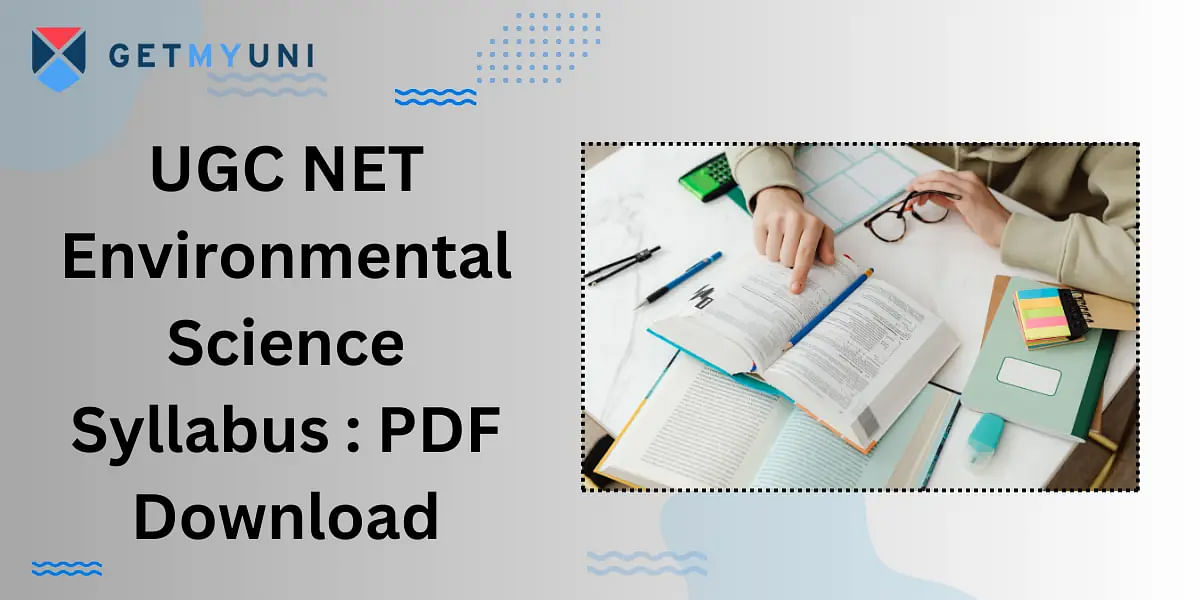






![Bharathiar University, [BU] Coimbatore](https://media.getmyuni.com/azure/college-image/small/bharathiar-university-bu-coimbatore.jpg)
























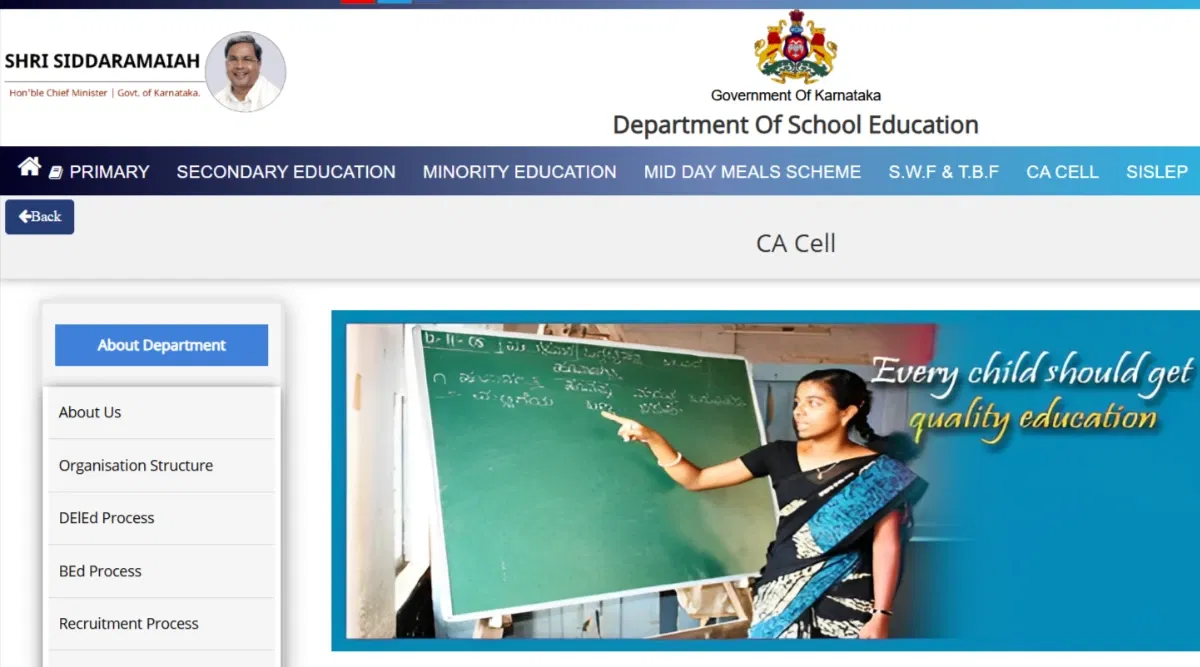
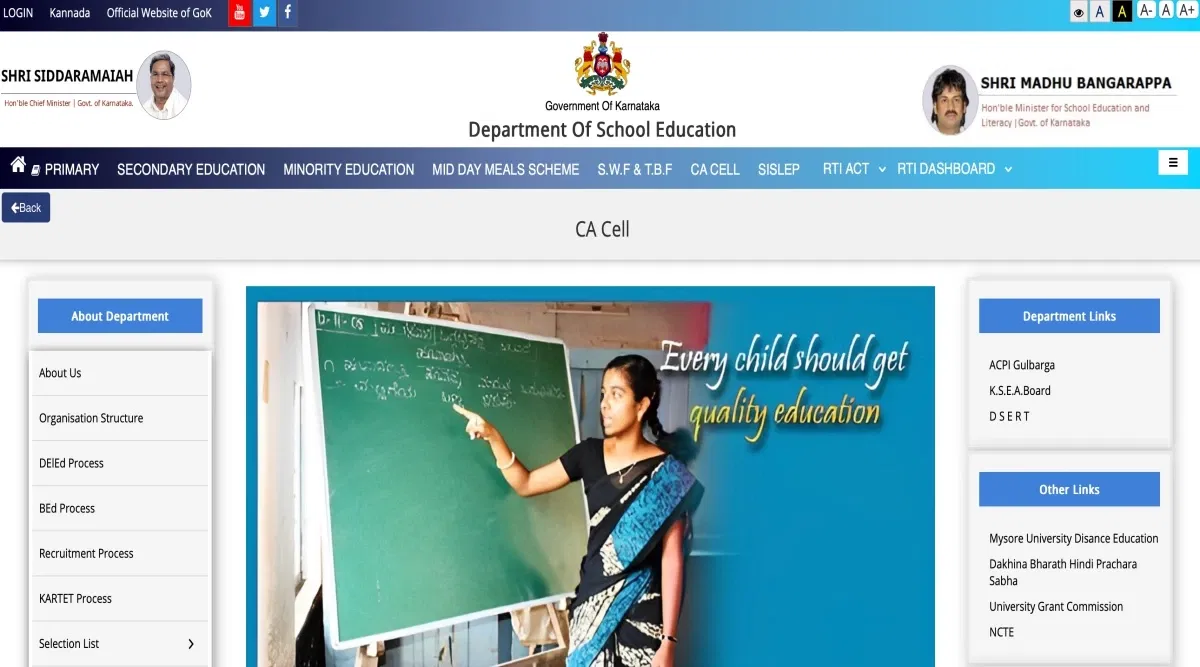
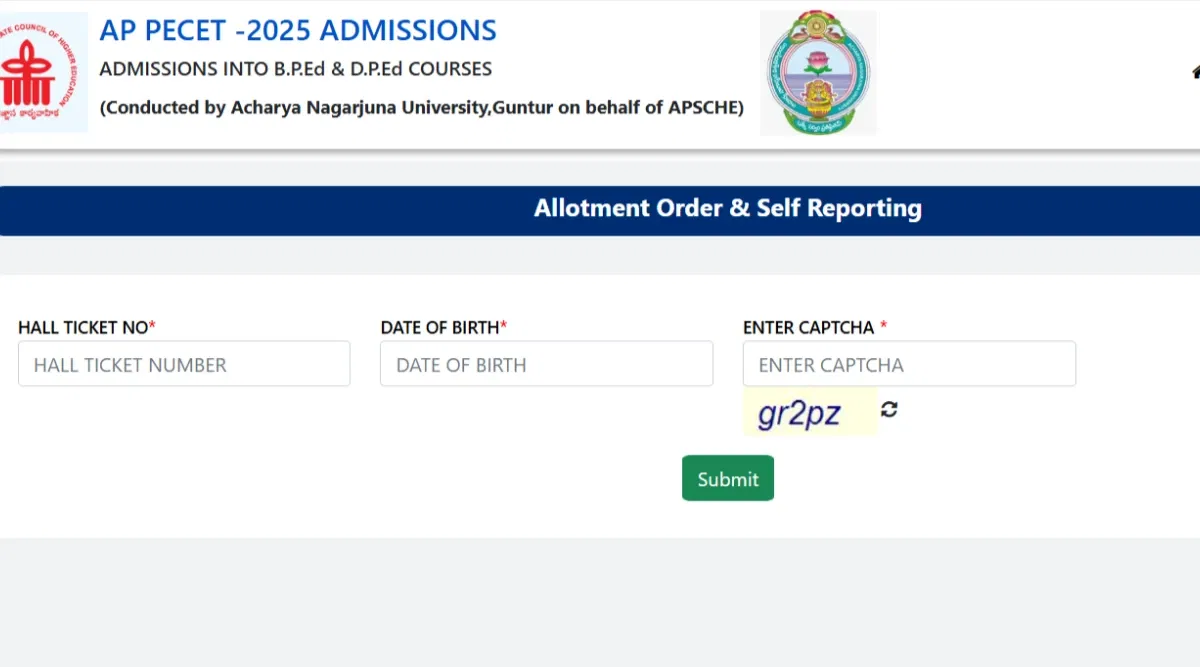
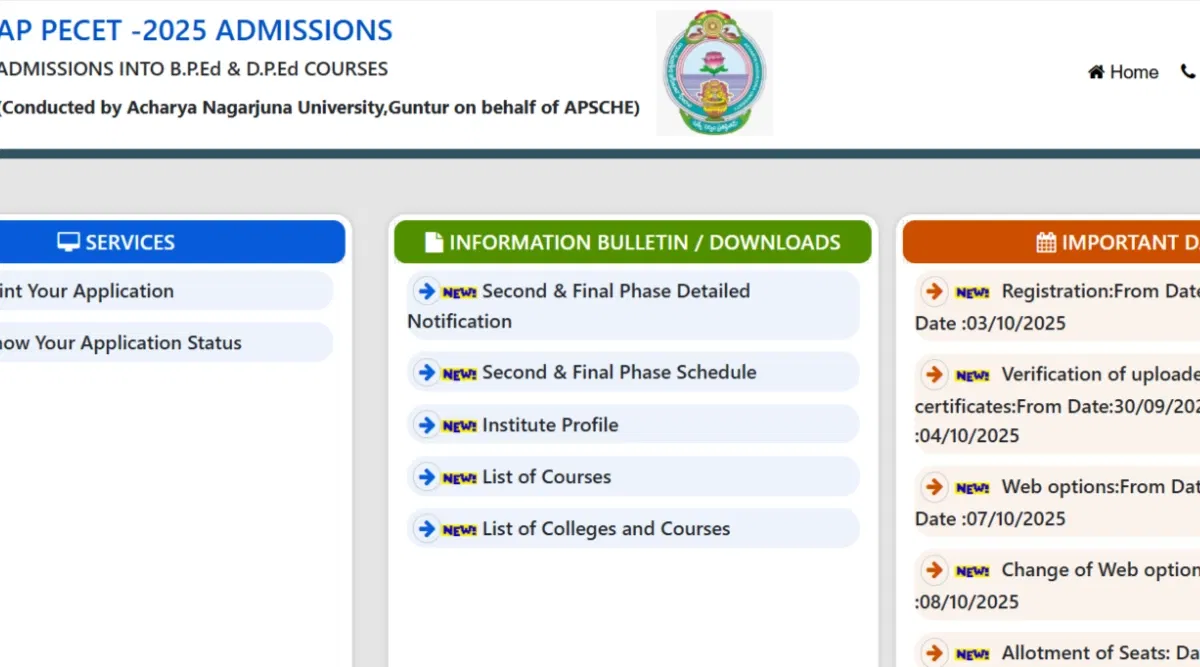

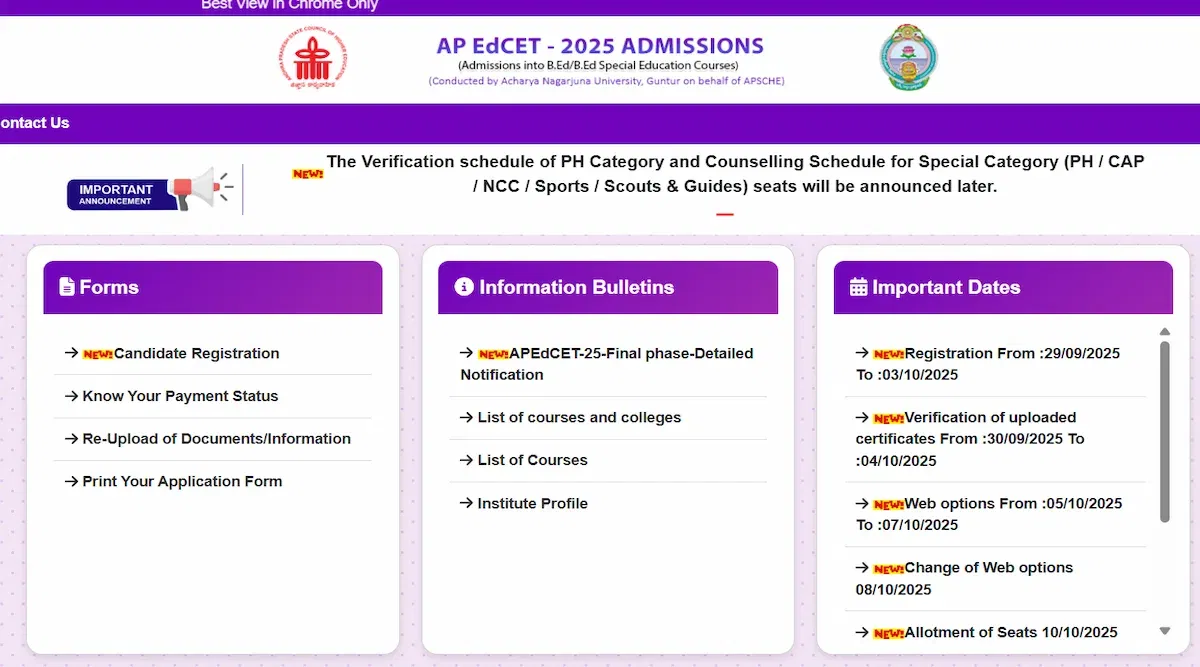
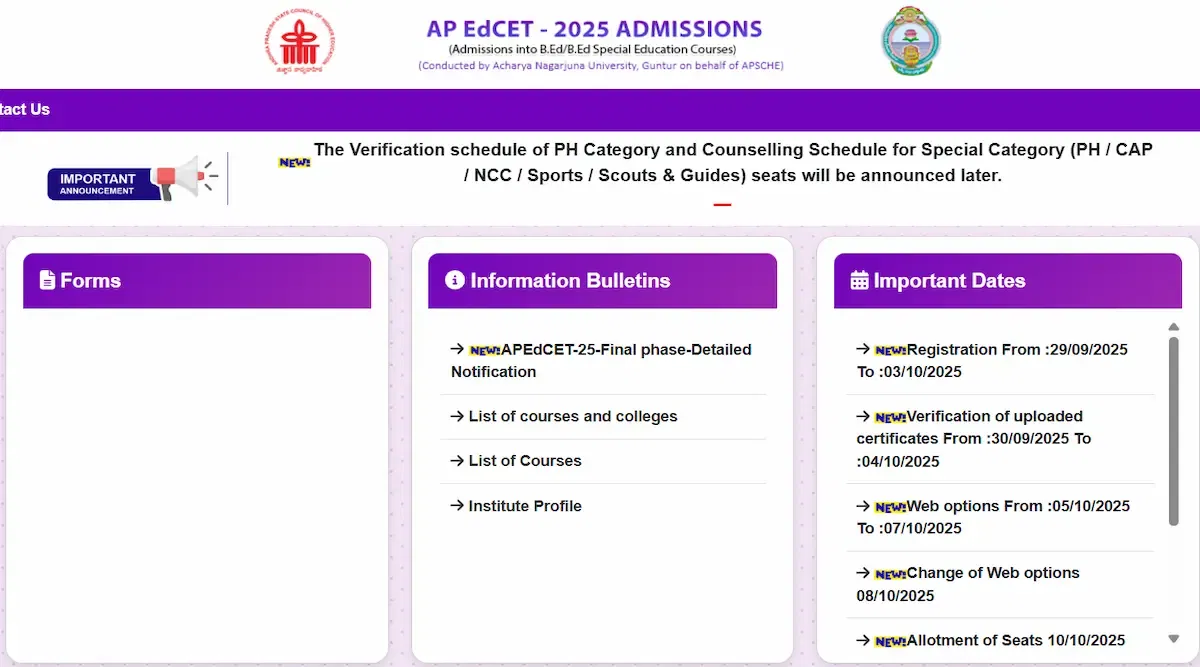

POST YOUR COMMENT